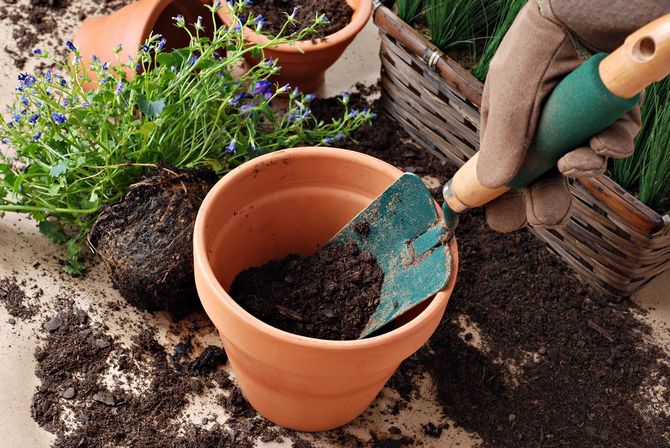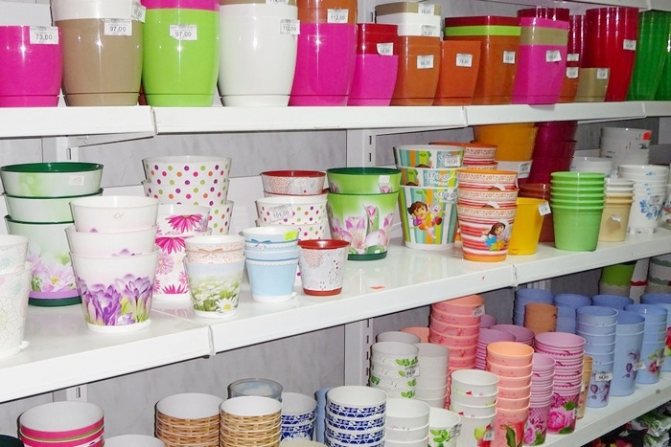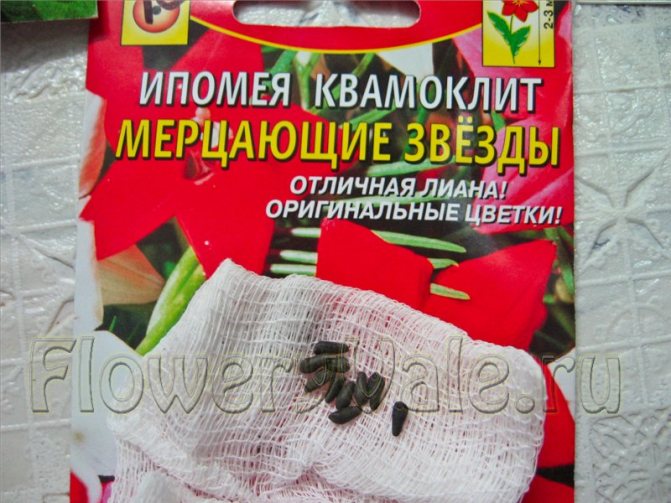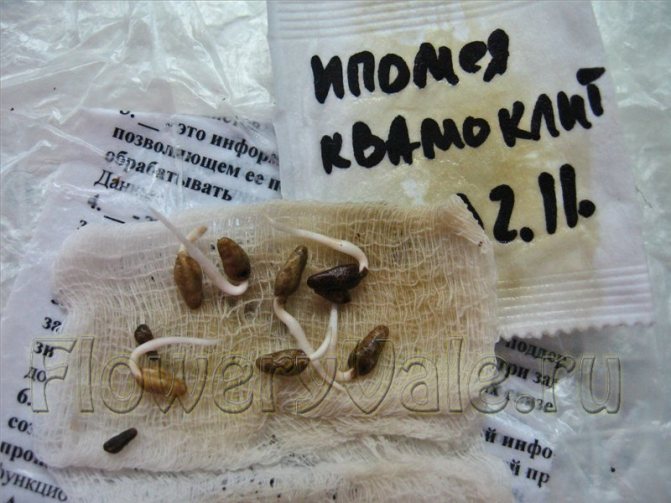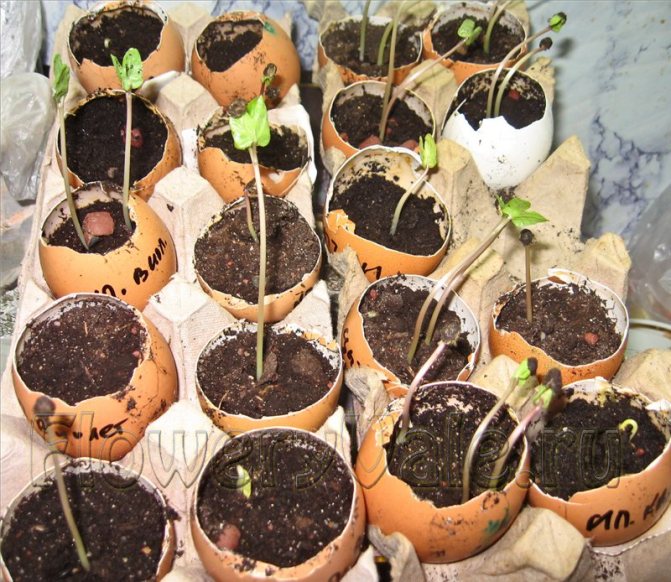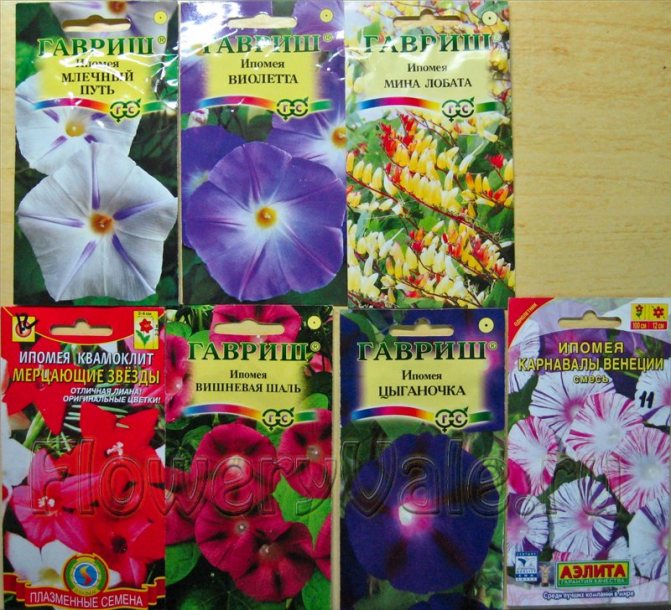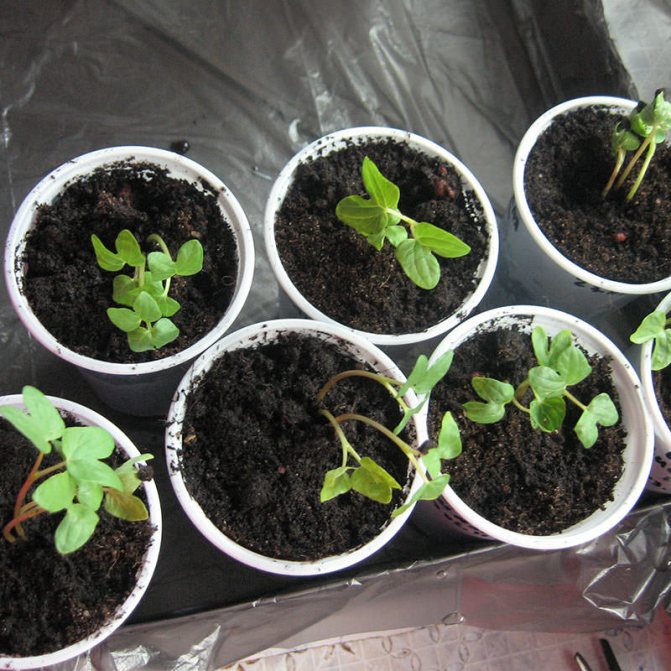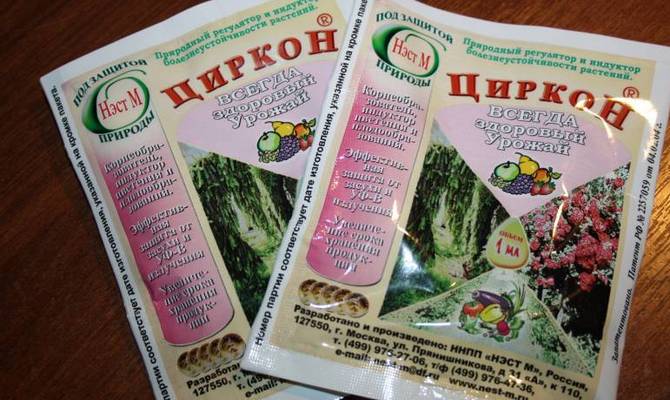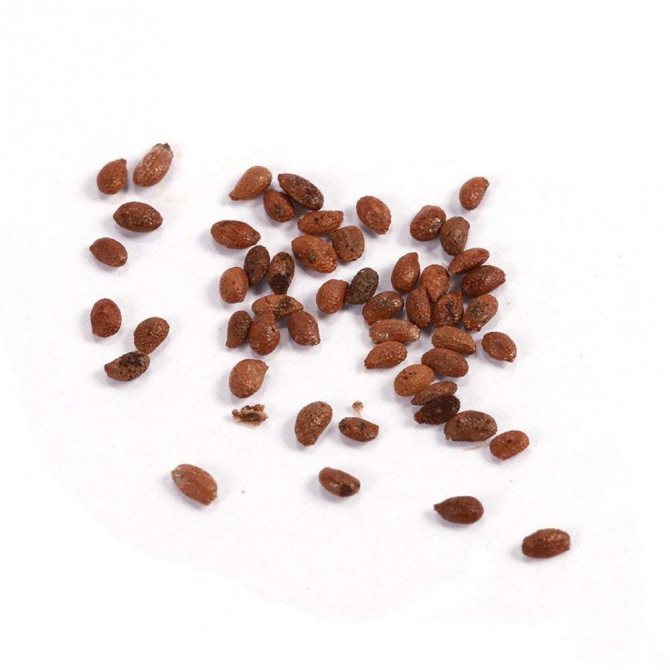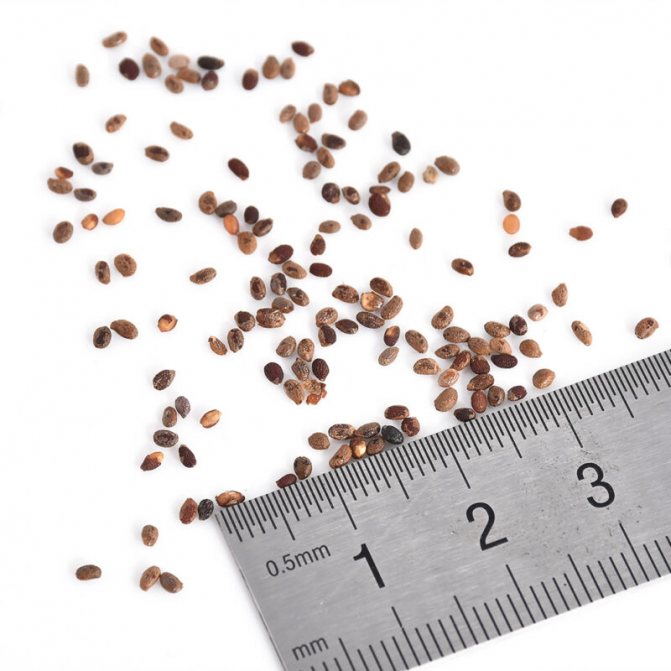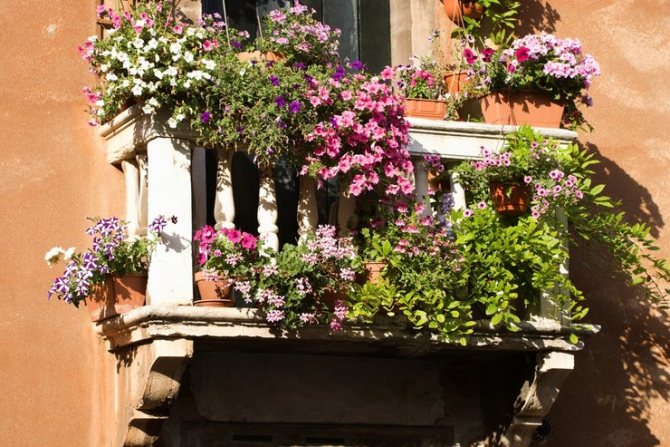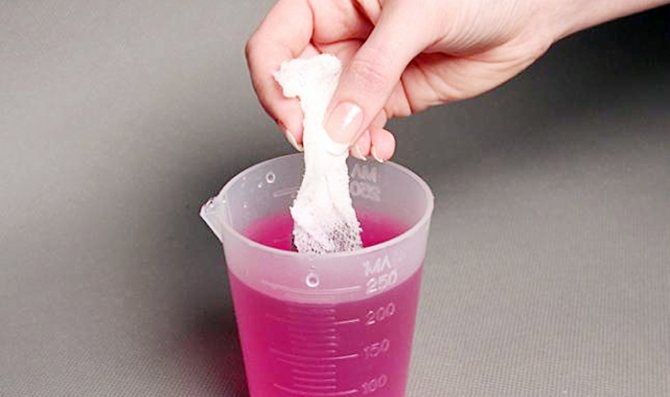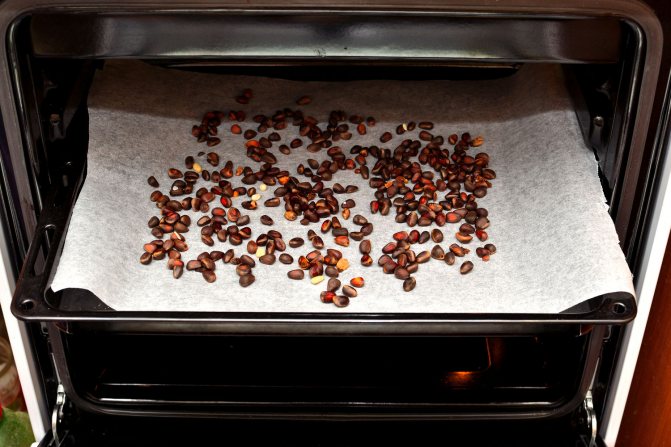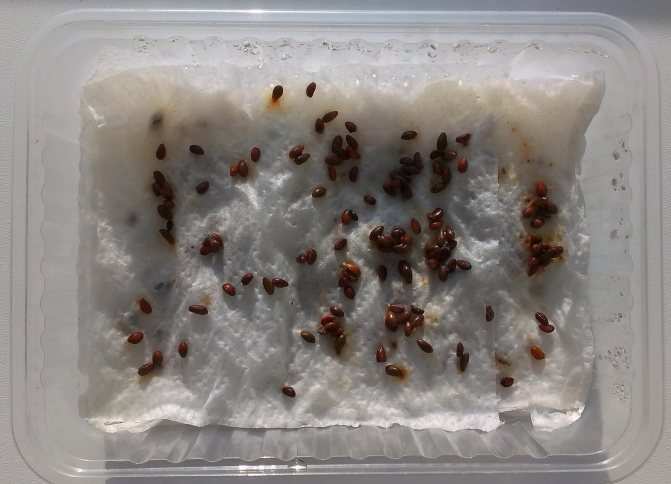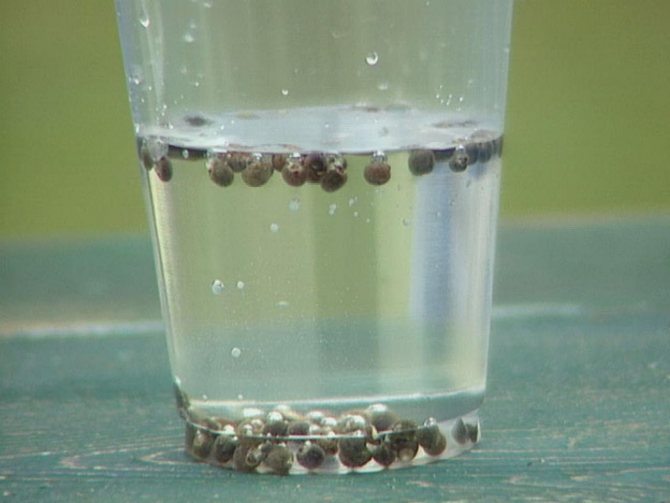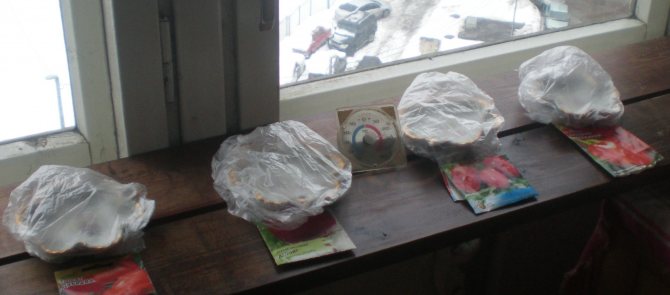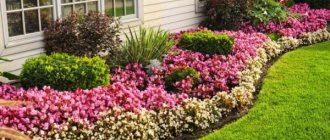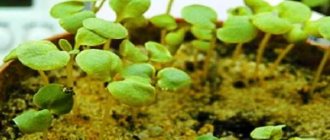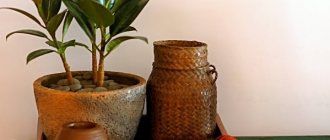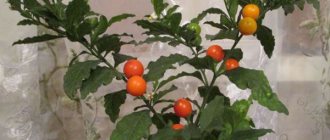It will be much cheaper to grow perennial flowers from seeds in your garden plot. But this process is difficult and requires a lot of attention and effort. Therefore, in order to collect laurels of success in this business, you must first of all be patient. When sowing flower seeds, you need to know the preference for the soil of each variety. In addition, it takes into account the depth to which the seeds need to be sown, the acceptable temperature and their perception of sunlight. There are perennials whose seedlings are microscopic in size, it is very difficult to care for them.
What indoor plants are best grown from seeds
Many varieties of indoor plants can be germinated from seeds, the most common options are briefly discussed below:
- Abutilon also sometimes called indoor maple, it is a tropical plant with unusual leaves that give it a resemblance to maple. At home, it is able to grow up to almost 2 meters in height, the life expectancy is usually no more than 3 - 5 years, since then the plant loses its decorative effect.
- Balsam is an Asian plant that is distinguished by its lushness and dense vegetation. There are different varieties that have individual colors of both leaves and flowers. During the purchase, you need to be careful, since only the indoor variety of balsam is suitable for home cultivation.
- Periwinkle enjoys particular popularity due to its active and abundant flowering. Inflorescences can have a variety of colors: from white to bright pink and lilac tones, depending on the selected variety. The leaves are oval in shape, in the middle there is a characteristic colored speck.
- Begonia is an unpretentious houseplant that looks very much like a rose. To date, a large number of various varieties have been bred, differing from each other in color and structural features of the inflorescences.
- Brugmansia is a beautiful and powerful plant with very large inflorescences, but precautions must be taken when growing it, since all its parts are poisonous.
- Jasmine gardenia is a tropical plant that is popular for its unique delicate and double white inflorescences. They are perfectly combined with lush and neat foliage, which has a bright green color, so this flower will be a wonderful decoration for any room.
- Dracaena is a deciduous plant that is very often used for decorating offices, but many people grow it at home. The leaves are distinguished by their unusual shape and color, and the crown transforms over time and turns into a stem with a dense structure, which gives the dracaena some resemblance to a small tree.
- Camellia - this is a rather whimsical houseplant, but many growers still grow it, such popularity is explained by the unique aroma and attractive appearance of the inflorescences.
- Geranium has long been a popular indoor plant, the main feature of which is to grow in height, not in breadth. Today, there are various varieties that differ in color of flowers.
- Primrose well suited for lovers of violets, since it has an external resemblance to these indoor plants, but differs from them in unpretentiousness and easier care. Among the main advantages are early flowering and a variety of varieties that differ from each other in color. For home cultivation, a special indoor variety of primrose is used.
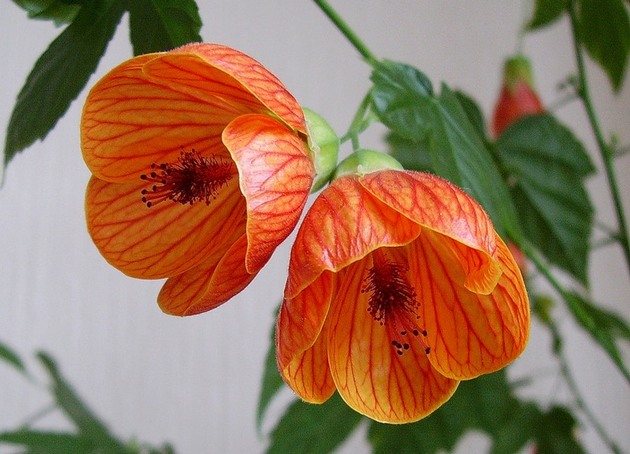
Abutilon
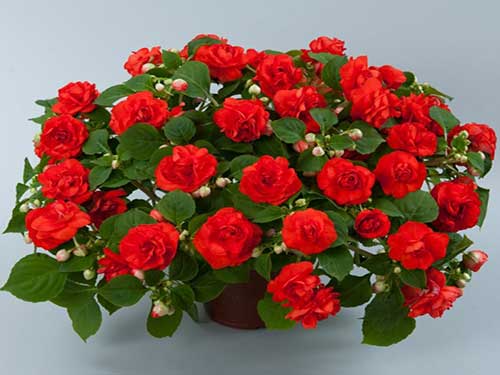

Balsam
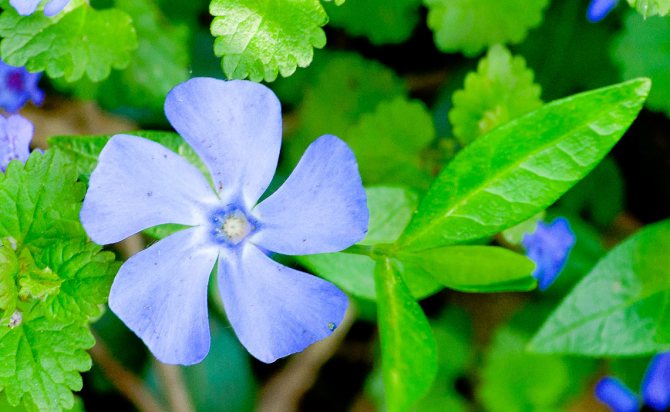

Periwinkle


Begonia


Brugmansia


Geranium
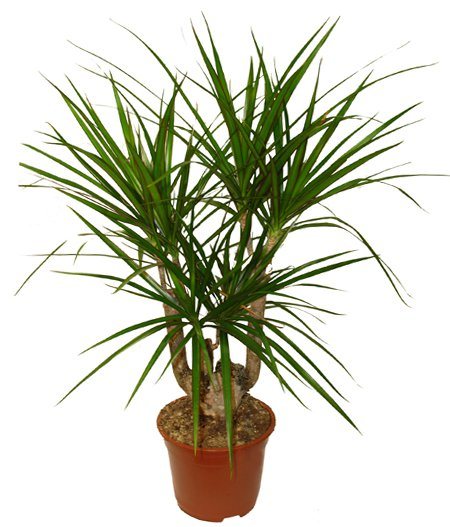

Dracaena


Jasmine gardenia
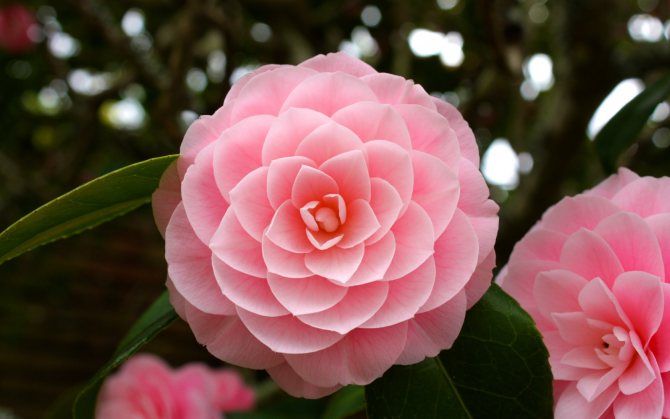

Camellia
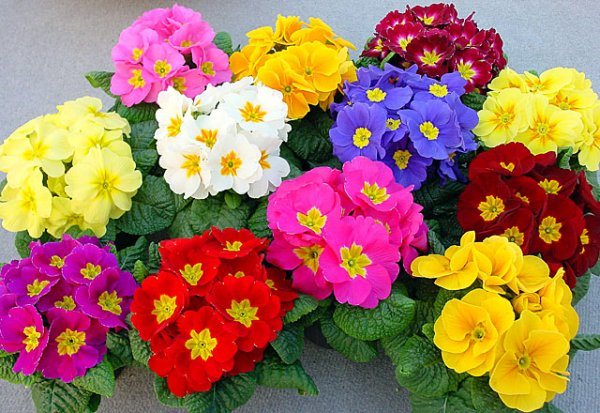

Primrose
Choosing a pot / planter
In flower shops today there is a huge variety of pots and planters. What is the difference between a pot and a pots? The flowerpot has one or more drainage holes on the bottom, which are designed to drain excess water when watering the plant.
The planter does not have holes at the bottom and is used not for planting flowers, but for decorating the interior. It can be completely carved, woven from a vine, carved from stone, made from wood, metal, plastic, glass, etc.
Also, a pots of a certain shape can be hung on the wall, and if there are special holes / hooks / ears, they can be hung with a cord from the ceiling (window, terrace beam, etc.) and a pot with a flowering ampelous plant can be placed in it.
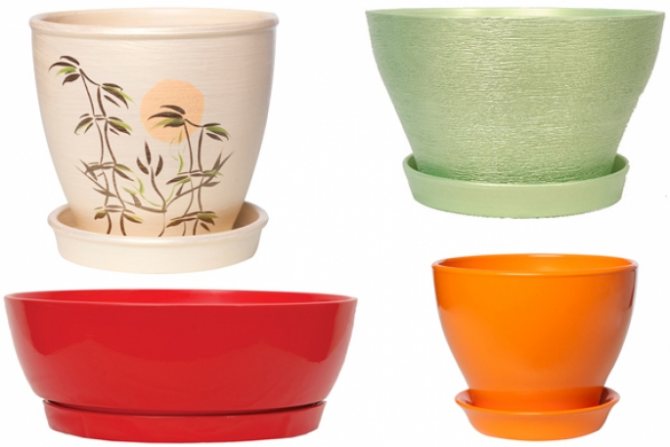

The assortment of flower pots is no less wide and numerous. It includes products from:
- Clays. The finished product can be fired, painted, glazed or without any decoration on the outer surface. Clay pots are usually made in standard shapes and proportions, with a height to diameter ratio of 3: 1. A simple clay pot is the most environmentally friendly, has a porous structure and allows air to flow well to the root system. Of the minuses, one can note the very rapid drying of the earthen coma in hot conditions, as well as a quick loss of the appearance of the clay pot (the appearance of streaks and stains, the absorption and deposition of salts).
- Ceramics. The main advantage of ceramic pots is beauty and grace. Despite the fact that they are made of natural natural material, the glazed coating inside and outside does not allow the roots of the flower to breathe, and the walls - to evaporate excess moisture during watering. In addition, the glaze releases components harmful to the growth of flowers into the soil, and the pots themselves are quite expensive, heavy and fragile to use.
- Plastics... Plastic products are easy to use and care for. Plastic walls do not allow air to flow to the roots, but this disadvantage is more than compensated for by the presence of numerous drainage holes. An earthen lump braided with roots can be easily removed from a plastic container for transplanting a plant, for this it is enough just to wrinkle the walls of the pot with your hands. The palette of colors from standard black to bright and multi-colored can decorate any window sill with flowers.
- Glass / plexiglass. Glass and transparent plexiglass pots are used by indoor growers mainly for growing orchids. They let in the sunlight necessary for the orchid roots, and also allow you to visually monitor the state of the substrate and the root system of the flower. The pots are environmentally friendly, relatively durable, do not react to fertilizers. The downside can be the lack of drainage holes, the need for exclusively top watering and the likelihood of flooding the plant, if you do not remove excess water from the substrate.
- Metal... Metal pots heat up quickly and cool down just as quickly, which can lead to overheating or hypothermia of the root system. It is better to use them as an original planter for a high-tech interior.
- Wood. Wooden pots are environmentally friendly and aesthetic, they can be of any shape - from polygonal to spherical.It is best to use large floor pots made of wood for planting large decorative leafy plants.
- Stone. In a pot made of natural stone, the plant will be uncomfortable - the stone will either overheat or too cool the roots of the flower. The stone can be used as a decorative element (stands / vases / pots) or in the form of large flowerpots for planting large-sized plants.
- Pressed peat... Peat pots are indispensable for planting seeds of plants with a fragile and vulnerable root system. A young sprout can be planted in another container without removing it from the peat pot. This minimizes the risk of damaging fragile roots.
Features and rules for growing indoor plants from seeds
The features of such a cultivation of indoor plants depend on the specific variety chosen, since they all differ in environmental requirements and have different growth periods.
However, there are a number of general rules that apply to all flowers, which are listed below:
- The seeds are pre-soaked, for this they are wrapped in gauze or bandage, after which they are immersed in clean water and kept in it for about 2-3 days. In this case, it is necessary not to forget about replacing the water, it should be carried out at least once every 5-6 hours.
- There are plants for which an exception is made, since soaking is contraindicated in their seeds. These plants primarily include begonias and virtually all varieties of cacti.
- For the germination of seedlings and their full development, it is necessary to maintain a special microclimate, its features depend on the level of frost resistance of the selected variety. Tropical breeds require a stable maintenance of the temperature regime not lower than +28 - + 30 ° C, and less thermophilic varieties will have enough temperature of + 18 ° C.
- Formed seedlings, which already have 2 - 3 leaves, need to be planted in individual pots. There is no need to hesitate with this process, since they will interfere with the development of each other when they are in the same container.
Buy a ready-made bush or grow from a seed - that is the question!
Perhaps, everyone faced a problem when a flower brought into the house, transplanted for you by someone from your acquaintances and completely rooted in its container, in a new place suddenly began to wither and die. The reasons are quite understandable - differences in lighting, air humidity, temperature conditions. As a result, the plant cannot acclimatize under unfamiliar conditions. But if you plant a seed in the same pot and create the necessary conditions for its germination, you will almost certainly get a sprout that has hatched, which will subsequently grow into an indoor flower. After all, an apartment or a country house has an advantage over a garden in that all year round in residential premises the temperature is kept quite comfortable for plants. That is, housing can be compared to a greenhouse in which winter is not an obstacle for sowing.
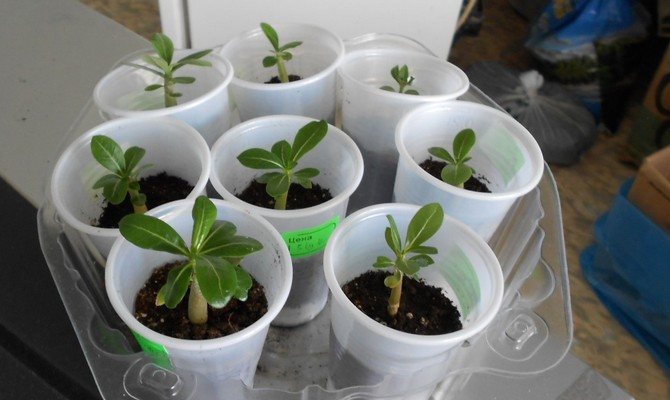

Seed-planted indoor flowers
Of course, if you urgently need to green a recently rebuilt or renovated cottage, or a new apartment after moving into it, you can give preference to adult indoor plants. And at the same time sow some crops to see them emerge from the seed. Actually, everything here depends on the type of flower, its exactingness to certain conditions. There are unpretentious ones that grow everywhere, on any windowsill, regardless of which side of the world the window is facing. But there are also many crops that will not take root in a new place if they were grown in different conditions. It is advisable to plant them only with seeds. In this case, it may be necessary to create additional conditions: curtains on windows, warming of frames, organization of drip irrigation, purchase of specialized soil.
When is the best time to sow
The timing of sowing seeds depends on the characteristics of the selected plant, but they can all be divided into certain groups, for which uniform planting rules will apply:
- Seeds that have a long germination period should be sown as early as possible, usually in January or early February. This rule applies to all varieties of palms, cyclamen, bauhinia, tamarind and most conifers.
- Seeds that germinate quickly enough can be planted in March and April; this applies to tamarind, large-flowered sesbania, hibiscus, antigonon and others. It is not recommended to practice early planting, since the first shoots will appear quickly enough and will immediately begin to experience a lack of lighting and heat, which will negatively affect their development and survival.
- Aquilegia and other varieties, which bloom quite early and quickly, can be planted in May.
In some situations, seeds can be sown at any other time of the year, but the cultivation technology will be much more complex. It will be necessary not only to create, but also to constantly maintain the conditions necessary for their growth and development.
When grown in the autumn or winter period, the organization of additional lighting is always required, which will consist in the installation of special phytolamps.
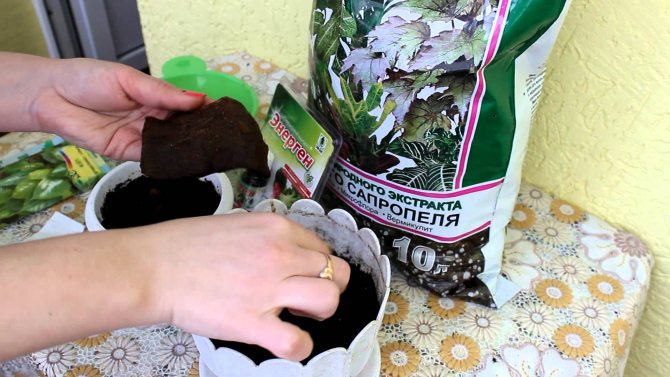

Planting and caring for flowers using the example of hydrangea
How to plant a hydrangea flower? Many growers ask this question, because this is one of the most popular flowers. Planting and care rules repeat the instructions given above in the article, but this type of plant requires some features. Hydrangea should be planted only after preparing a place with favorable conditions for this plant. They are love diffused and constant light, comfortable room temperature during the flowering period and no drafts.
Even small changes in temperature can worsen the condition of the flower. The only time a flower loves a lower temperature is after flowering.
Preparing seeds for planting
Instant sowing of only purchased or harvested seeds is not allowed, since they must initially undergo preliminary preparation for this process.
Depending on the characteristics of the indoor plant variety being grown, the following procedures can be applied:
- Virtually all seeds need soaking. This process is aimed at increasing their moisture content, stimulating respiratory processes and ensuring the onset of growth. For these purposes, pre-boiled water is used, the recommended temperature is at least +25 - + 30 ° C. If seeds with a thick shell are used, then several days are allotted for the procedure with periodic water changes in order to achieve swelling of the planting material. Before sowing, the seeds must be thoroughly dried.
- Bubbling is a very effective preparation technique, which consists in placing the planting material in an artificially oxygen-enriched aquatic environment. To do this, the selected container is filled with clean water, after which a compressor is immersed in it, which is usually used for aquariums. The seeds are pre-wrapped in burlap or gauze, which does not impede the circulation of water. The volume of the container should be no more than a liter, otherwise the effectiveness of the procedure will be much lower.
- Pickling is a mandatory preparation step that must be carried out after soaking or bubbling. You can powder the planting material with dry fungicides or treat them with a solution of potassium permanganate 1%. All such manipulations should be carried out exclusively on the street or in a well-ventilated area, the seeds will be ready for planting after 2 days.
Procedures such as heating or hardening in most cases are practiced when planting fruitful crops, the seedlings of which are transplanted into open ground after a while; they do not need to be carried out for indoor plants.
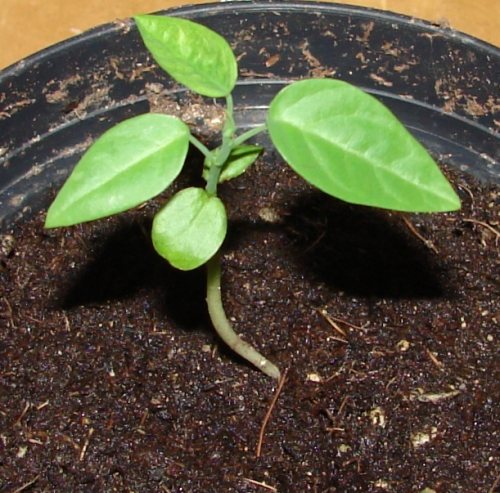

What is drainage and what is it for?
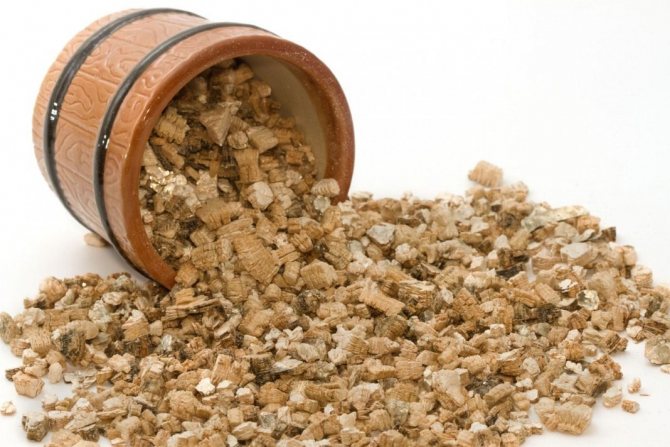

Drainage is an inert material that is placed at the bottom of the pot when the plants are planted. It is necessary to drain excess water from the earthen coma and plant roots when watering. As drainage, they mainly use small pebbles, clay shards, pieces of broken brick, coarse sand, expanded clay of various fractions, crushed foam, and in some cases sphagnum moss.
Read also: Swimsuit (trollius) Trollius
What soil to use
The choice of a suitable soil is another important process on which the likelihood of seedlings germination will depend.
Different plants have individual soil preferences, and the following general guidelines are recommended:
- For most indoor flowers, a standard substrate is suitable, which can be obtained by mixing equal amounts of peat and sand. Such a soil is considered favorable for the germination of virtually any seed.
- It is allowed to add vermiculite to the soil, but its volume should be no more than a quarter of the total amount of soil.
- Certain varieties can be germinated in pure vermiculite or river sand. There are no nutrients in such a soil, so this technique is mainly suitable for plants that easily tolerate transplanting.
Regardless of the type of soil chosen, it will first need to be disinfected. For this, the substrate is subjected to heat treatment, the easiest and most affordable way is to place it in an oven or microwave.
After that, it is recommended to let the soil settle for 2 - 3 months, this period will be enough for the reappearance of beneficial bacteria and the restoration of microflora.


Elite seeds of perennial flowers
All types of perennial garden flowers for the Urals
To buy elite seeds of ampelous flowers, you can contact an online flower shop such as Profsemtsvet. Thanks to the continuous work of professionals, the catalog is constantly updated with new plants with improved qualities.
With the help of seeds from this store, you can form a flower bed that will bloom throughout the season, from early spring to the very frost. In addition, there is no need for plants to look for a suitable place. They are able to grow under any conditions. But before sowing seeds, you still need to properly prepare the soil, which consists in weeding, loosening the earth and applying fertilizers.
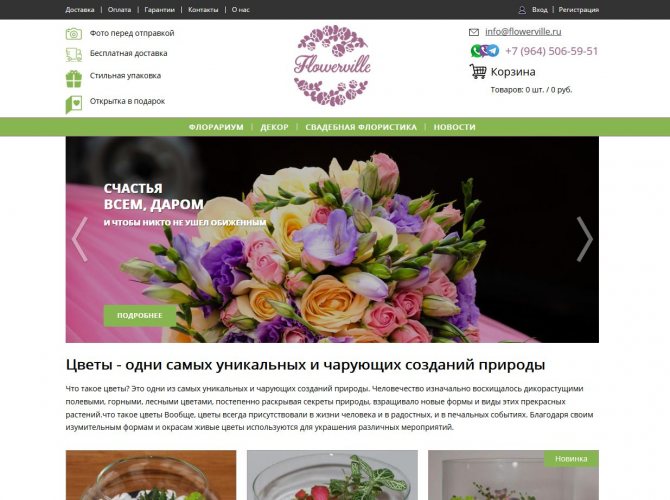

You can contact the flower online store
Since the seeds from Profi are of excellent quality, they give seedlings almost one hundred percent. Flowers do not get sick and do not require special care. Since this company specializes in wholesales of seeds, the packaging is appropriate. Seeds can be packaged in large or small packs. Thus, this product is ideal for industrial use. However, seed is inexpensive.
Important! This manufacturer produces seed in professional packaging.
Delivery of goods is made by mail, while payment can be sent with a delay.
How to sow indoor flowers
Compliance with planting technology is also an important condition for the growth and development of seedlings that will be obtained from seeds. All the basic rules associated with this process are detailed below:
- Soil already placed in the containermust be pre-moistened.
- Small seeds do not need to be buried in the soil as this will minimize the chances of germination. It will be enough just to spread them on the surface of the earth.
- All planting material is laid out in even layersand then re-moistened with a spray bottle.
- The top of the container is covered with plastic wrap or glass, which will contribute to the preservation and maintenance of a sufficiently warm and humid microclimate.
- Watering will not be required until the first seedlings appearas the planting material can be fed by the resulting condensation.
- Medium-sized seeds are sown using a similar technology, but they need to be buried in the ground by about 1 - 2 mm.
- Large planting material should be buried in the ground by 1 - 2 cm.
- If the soil dries out after planting the seeds, it can be slightly moistened with a spray bottle. In this case, it is necessary to ensure that too much condensation does not form, as this will indicate an excessively high level of humidity inside.
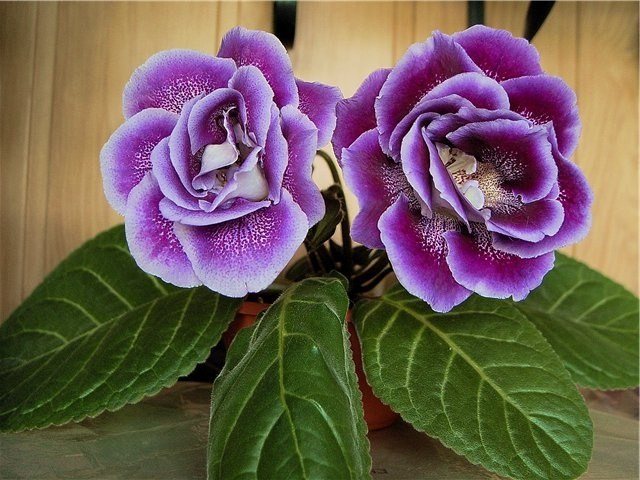

Caring for flowers at home
We figured out how to properly plant flowers at home. If you do everything correctly and take into account the nuances inherent in each type of plant, after a few months you can observe how the flowers are accepted and develop favorably. In the case of seeds, you will have to wait a little longer, because they develop practically from scratch.
Landing - this is only the first stage of growing flowers at home. This is followed by care, which is of no small importance.
After all, I want not only the flowers to grow, but also to bloom beautifully, and this requires an individual approach to each type of plant.
For example, exotic flowers, unlike classic types, require regular watering, while cacti are adapted to withstand drought for a long time, but they require a lot of natural light. Another rule of care is regular soil fertilization. Top dressing will be useful for any type of flowers, regardless of what climate they are used to.
Sometimes, even with constant care, flowers wilt and die. The reason for this is the development of diseases or insects that grind down the root system or green mass. It is especially important to delve into this issue and take the right action to avoid the death of flowers. For example, you can apply constant prophylactic spraying with water with the addition of universal protective preparations that will not only protect flowers from the development of diseases and insects, but will also promote flowering.
Major mistakes
The following are some of the most common mistakes that you can learn to help prevent recurrence when growing indoor plants from seed:
- Exposing seedlings to open sunlight immediately after transplanting into individual containers. Saplings need light and warmth, but for the first 2 - 3 days they are not yet ready for them, so young seedlings will need to be kept in some cool place for several days.
- Use for germination of seeds ready-made earthen mixtures purchased in the store. The only exception is purchased soil intended directly for seedlings, since other options have too high a concentration of nutrients, and this can suppress germination.
- The initial acquisition of plants that are too demanding, for which it is impossible to create the necessary comfortable conditions. All varieties have individual requirements for the level of lighting, degree of humidity, temperature, soil and other factors. You need to familiarize yourself with all the nuances before making a purchase in order to make sure that it is possible to provide the required conditions at home.
Basic rules for planting home plants
Indoor plants are divided into 4 large groups and numerous species, each of which requires certain conditions of maintenance and care (temperature, humidity and lighting, watering regime, soil and pot size, frequency of fertilization, and so on).
But, despite such a variety of plants, it is quite possible to single out the basic rules for the care and maintenance of home flowers that apply to all or at least most species and groups. This applies to the choice of soil, pots, drainage and the very process of planting / transplanting / handling flowers. We will consider how to plant a home flower correctly in this article.


Florist tips
Summing up, you can give the following tips and tricks from experienced florists:
- All seeds have an expiration date, so when making a purchase, you need to pay attention to it. Other important criteria are compliance with GOSTs and the reliability of the manufacturer, information about this must be indicated on the packaging.
- After planting the seeds and before the first shoots appear in the container, it is recommended not to open the container again, so as not to disturb the microclimate. An urgent need usually arises only in case of drying out of the soil, this usually indicates a violation of the planting technology.
- It is preliminarily recommended that you familiarize yourself with the photographs of the indoor flowers selected for growing in adult form., this will allow you to understand how well they will be in harmony with the overall design of the room.
Growing flowers at home and in the garden - theoretical knowledge
Beginners should get ready: breeding home flowers takes effort and knowledge. For example, when buying exotic plants, do not forget that they need to create conditions similar to their climate. Naturally, you should not forget about lighting, humidity level, temperature in the room where your greenhouse will be located. But any home flower requires a certain location - you will have to select individual areas for them.
If you have such an opportunity, and the apartment does not meet all the requirements of the plant, you will have to create all conditions artificially. Fortunately, today special lighting devices, humidifiers and other accessories for the home garden can be purchased in stores. Watch out for the soil - there are plants that make very serious demands on the soil. If necessary, use organic and mineral fertilizers.
Do not forget to monitor the state of flowers, being able to distinguish between their state. After all, yellowed leaves, wilted buds, strange spots on the stems - all this can indicate problems, and illness and even a lack of nutrients in the soil can lead to the death of your pet. Naturally, a lot depends on how you choose a plant when buying - there are several important tips to consider when purchasing.
Poisonous plants


Some houseplants are poisonous to humans and animals. These include: hippeastrum, croton, anthurium, dieffenbachia, monstera, nightshade and oleander. They mainly contain poisonous juice, the whole plant, flowers, stem and leaves are poisonous. After contact with such plants, you should thoroughly wash your hands and make sure that when caring for flowers, juice does not get into your mouth, nose or eyes. In case of symptoms of poisoning, an urgent need to consult a doctor. Care must be taken to ensure that animals and small children do not eat poisonous plants.
Adenium
The shops now offer a wide selection of colorful desert rose seeds. This is what this beautiful and unpretentious flower is called. By its nature, adenium is picky: all it needs is bright sun and occasional watering.
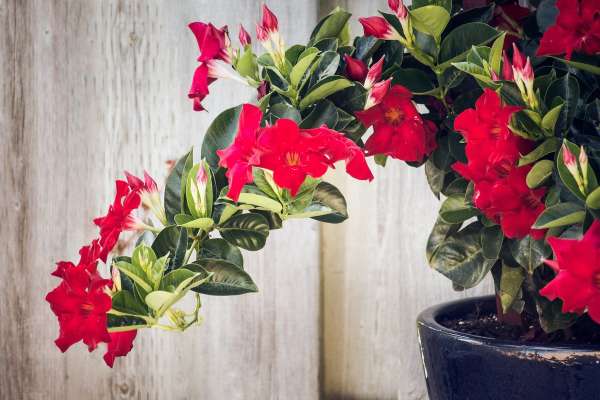

Adenium
Seedlings appear on the 7th – 10th day.As they grow, they get stronger and form a thickening at the base, the trunk grows in breadth, and foliage forms at the crown. After 2-3 years, the newly baked succulent will delight you with flowers. And from the grown adeniums, you will get a real garden in the Bonsai style.
For details on the features of sowing adenium seeds, see the article Reproduction of adenium by seeds.
Selection of crops for cultivation
Roses, chrysanthemums, gladioli, lilies, tulips are all popular flower crops for sale. When choosing a seed, preference should be given to breeding varieties with additional characteristics that provide frost resistance and resistance to pests.
It makes no sense to dwell on the peculiarities of growing individual species in this review, if an idea for growing flowers has arisen, then the subtleties of floriculture are no longer a secret.
If you buy a sick plant, it will naturally live a very short life. And therefore, if you are truly interested in creating a beautiful garden, you need to choose and purchase flower seedlings wisely.
Important nuances of the purchase:
- It is advisable to buy flowers in the spring, because at this time the plants adapt better to new conditions.
- Pay attention to the plants themselves - they should be healthy in appearance: no spots on the leaves and stems, the roots should not have visible damage. Also, all parts of the flower should be well developed.
- When purchasing a flowering plant, pay attention to the buds - the more unopened buds there are, the better.
- It is important to choose the right flowerpot for the flower, because in a small pot, a flower with a well-developed root system will be cramped and uncomfortable, which can adversely affect its development.
- Also, transport the plant carefully to avoid damaging it in transit.
Arriving home, you first need to let the flower get used to the new environment, and then immediately transplant, since the land in which the flower is sold is unsuitable for plant life.
Sowing of most indoor flowers is carried out in the spring. The favorable period for planting is usually indicated on the seed package.
When choosing a pot from under another plant, do not forget to process the container
What containers are suitable for sowing:
- plastic or polystyrene pots;
- clay pots;
- boxes with square or round cells of different sizes;
- peat cups for seedlings.
If you use containers that were already in use, they should be well treated with soda solution and soap before planting. This is necessary, since tender seedlings can become infected with various fungal diseases (rot, mold).
In any container, before planting at the bottom, it is necessary to make a hole to drain excess moisture.
The choice of soil is at your discretion. You can purchase a special plant mix or make your own. For cooking, mix one part of peat chips, one part of sand and two parts of sifted earth from the garden.
Before filling the container with earth, drainage should be made from pebbles, clay shards, expanded clay, polystyrene, pieces of red brick.
Next, fill the containers with the soil mixture to a height of 1.5 - 2 cm from the edge, slightly pressing it down. Distribute the seeds evenly and not very densely from above. If the seeds are small, then they can be mixed with sand and distributed over the container.
Choose a ready-made substrate or cook it yourself - it is not important for a flower, if all proportions are observed
We do not cover small seeds with earth, but press a little into it. Cover larger seeds with a thin layer of earthen mixture, then press down a little.
It is advisable to water with a spray bottle or a watering can with a fine "rain". The second option - for watering, place the pot in a shallow container of water for a couple of hours to moisten the soil through the drainage holes.
After watering, it is recommended to close the pot with a transparent plastic lid or glass to create a greenhouse effect. You need to place a mini-greenhouse in a well-lit, warm place.
To prevent the formation of a large amount of condensation, it is necessary to remove the glass or plastic cover for ventilation every 3-4 days.
Germination time for each plant is different: from several days to several weeks. Additional factors affecting the germination rate are seed freshness, moisture level, temperature background, timeliness of watering.
When the first sprouts appear, the lid must be removed and the container moved to a well-lit place, but not under the scorching sun.
The next stage is picking new plants into separate pots.
A pick is carried out when the first true leaves appear at the seedlings. The whole process must be carried out carefully and carefully so as not to damage the delicate sprouts.
| Step 1 | remove the plants along with the earthy clump and carefully separate their roots |
| Step 2 | holding the seedlings by their leaves, place each one in the holes in the soil in new pots |
| Step 3 | lightly press the ground around, covering the roots and water gently |
| Step 4 | as soon as the plant is well rooted and grows up, after about a year, you can transplant it into a new, more spacious pot |
Many indoor plants reproduce by seeds: decorative-leaved, decorative-flowering, succulents, palms.
Among the decorative flowering are various varieties of begonias, cyclamen, passionflower, streptocarpus, balsam, gloxinia, abutilon, anthurium, hibiscus and even fussy orchids.
Among the ornamental leaves are coleus, dracaena bordered, asparagus, bokarnea, antarctic cissus, croton, coffee, cordilina.
Among the palms are Washingtonia, squat hamerops, dates, Forster's hovea, graceful hamedorea.
At home, amateur flower growers often take on the cultivation of exotic plants from seeds. Of course, you will get flowers and fruits from a purchased flower faster, but they often die in an apartment.
Grown from seed are more resilient from the start.
For the successful cultivation of exotic plants, a number of measures should be followed:
- sterility of the soil;
- preliminary preparation of seeds (soaking, treatment with microelements, bubbling, scarification, stratification);
- thermal and light conditions;
- air humidity;
- the use of growth regulators.
Among the exotics that settled on the windowsills, you can find avocado, kiwi, coffee, citrus fruits, pomegranate, figs, feijoa, dates, passion fruit. With proper care, you can achieve not only flowering plants, but also enjoy their fruits.
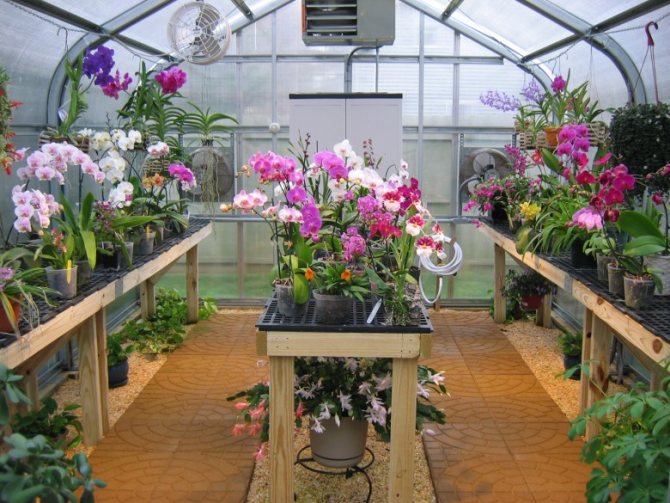

Special treatment of seeds to improve their properties is usually carried out by the manufacturer. If pre-treatment is still required before planting, you will find instructions on the package.
Seed treatment options:
- seeds with a dense shell are sometimes recommended to be heated by dipping it into a very warm solution of potassium permanganate for 12-16 hours, a solution of boric acid or hydrogen peroxide for 15-20 minutes. Then you need to rinse the seeds in clean water.
- to accelerate germination, before sowing, the seeds can be soaked in epine, zircon, potassium, sodium (up to 12 hours).
- Stagnant seeds, or hard-to-sprout, can be arranged with a contrast shower: soak in cold and hot water alternately.
- Stratification - placing seeds in the cold, the temperature is from 2 to 5 degrees Celsius. The seeds are placed on a damp cloth and placed in a bag and sent to the refrigerator for 2-3 days.
In this case, the fabric must be damp. Then we sow it into the ground. For tropical and subtropical plants, this processing method is rarely used.
- Scarification - damage to the hard shell of seeds before soaking (puncture, incision, filing with a nail file).
Passionflower
Such an exotic species of passionflower plant is otherwise called passion fruit. It has a double benefit: after an elegant flowering, a juicy tropical fruit is formed. Passionflower is demanding for both watering and lighting, which should be in abundance; it is hard to endure the long winter months, so it is better suited for growing in apartments in more southern cities.
![]()
![]()
Diving flower seedlings
Houseplants germinate in different ways, usually from 7 days to 1 month. When the plant has real leaves (1-3), then the seedlings need to be dived.
Indoor flowers are best planted immediately in separate containers or pots. After transplanting, the plants will begin to get stronger and grow faster. If the plant stops growing, and the plant itself withers with proper care, then it is better to throw it away.
An individual container is selected for each plant in such a way that the roots feel free, and there is still 3-4 cm of free space from the edges of the container.
You do not need to take too large a container, as moisture can stagnate in it and the roots can rot. Prepare and fill the container with soil in the same way as when sowing seeds.
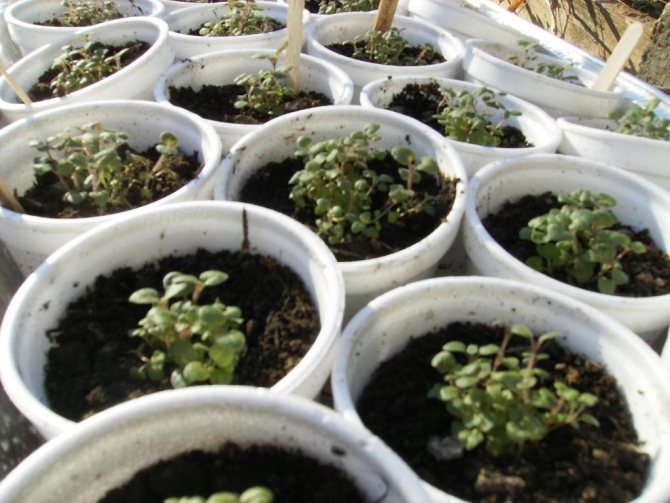

Plumeria
Another representative of tropical vegetation is plumeria. This amazingly beautiful flowering plant is also called frangipani. The flowers, opening up, exude an incomparable, exotic aroma. In addition to the classic white, the flower has pink, crimson, yellow and even orange colors in the “reserve”.
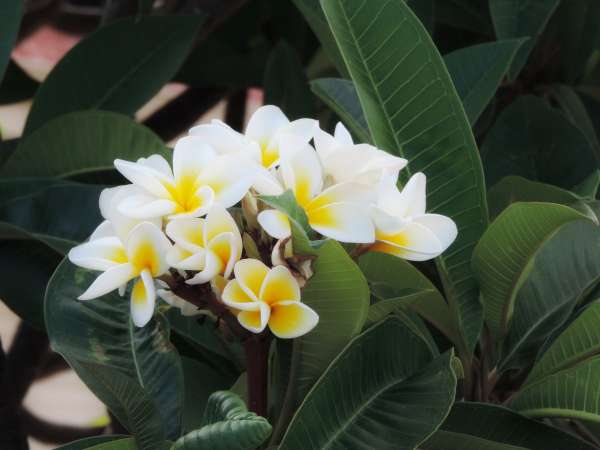

Plumeria
It is not at all difficult to get it from seeds, and an adult plant will not cause trouble. Frangipan grows very quickly, reaches an impressive size (up to 2 meters), requires frequent transplanting and a considerable indoor area, abundant watering and a sunny location.
Preparing the soil and container for flowers
Prepare the container and soil before sowing seeds. Clay pots are excellent for letting air into the roots, but pathogenic microflora can easily accumulate in them. Therefore, plastic containers are ideal for flowers. Rinse the containers well with hot water and baking soda and rinse with cold running water. Read the seed bag for soil requirements. Different plants have different requirements. But more often than not, a ready-made soil or a mixture of sand and peat serves as an excellent soil.
The most useful flowers that can be grown at home, photo
When purchasing a plant, you must clearly define what it is for in the room and where it will be located. Some recommendations will help you make the right choice.
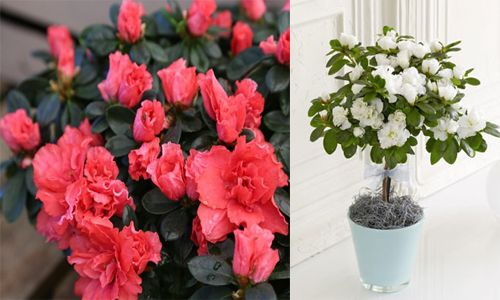

1. Azalea - the beauty of a flower evokes positive energy for a married couple. It is often presented to newlyweds. Azalea helps to find the right solution in controversial issues.
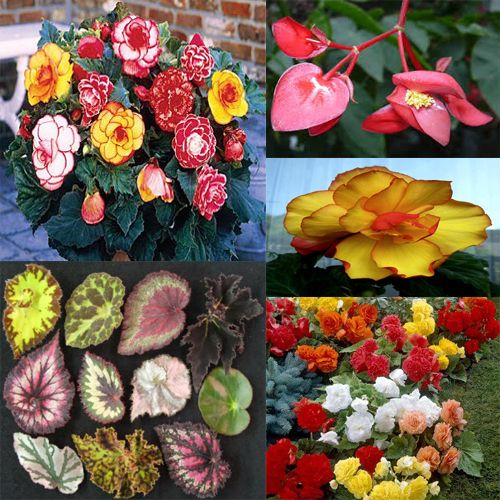

2. Begonia - able to protect the owners from the effects of negative energy, transforming it into positive feelings.
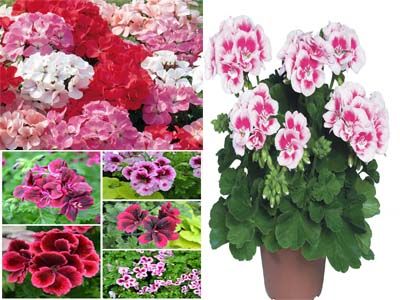

3. Geranium - many believe that it is able to neutralize unfavorable zones, extinguish outbursts of negatives, and contribute to the development of a sense of humor. Red geranium radiates energy, protects against evil. A white flower promotes the appearance of a child, a pink one has a beneficial effect on love. Essential oils have a calming effect on the nerves and normalize sleep. The smell of the plant is useful for people suffering from gastrointestinal diseases.


4. Cactus - protects the premises from evil spirits, does not let in evil spirits, being considered a kind of guardian of the house, protecting peace and tranquility. But you should not breed in large numbers for young people who have not yet found a pair.
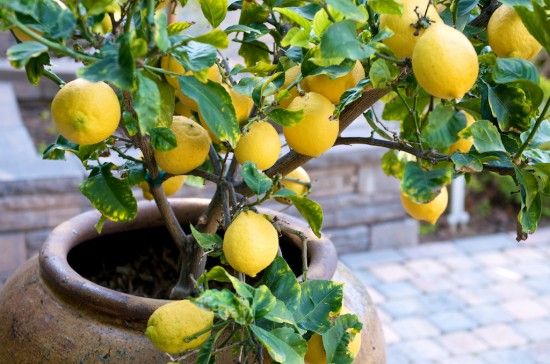

5. Lemon - has a positive effect on mood. Relieves depression, brings prosperity to the house. The plant perfectly disinfects the air, destroys harmful microbes, fills the room with pleasant freshness.


6. Orchid - brings success and prosperity to the mistress. In the East, she is considered a symbol of virtue; in the West, he personifies love.


7. Fat woman - familiar to everyone by the name "money tree".It is recommended to grow it for those whose profession is related to financial activities. The flower will help in making the right decisions, will develop frugality.
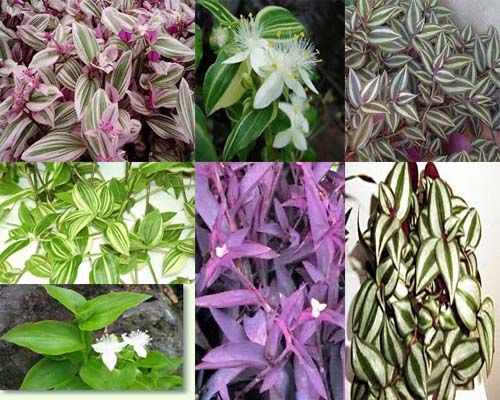

8. Tradescantia - means for removing damage or evil eye. It is worth acquiring this plant, as it will ward off bad people from your home. The flower is considered a source of optimism. The plant is able to prevent the appearance of diseases of the upper respiratory tract.
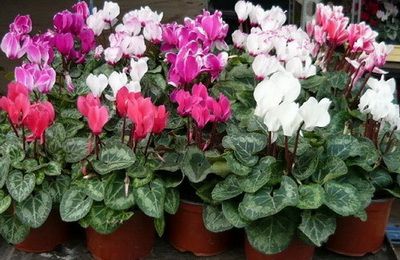

9. Cyclamen - he is called a peacemaker who can calm down capricious kids, resolve all conflict situations. The flower helps to overcome the feeling of shyness, isolation, relieve complexes.
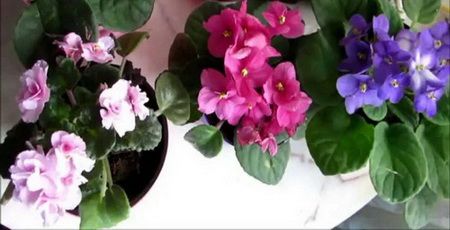

10. Violet - a symbol of tenderness and modesty. Makes people more open, calms them down.
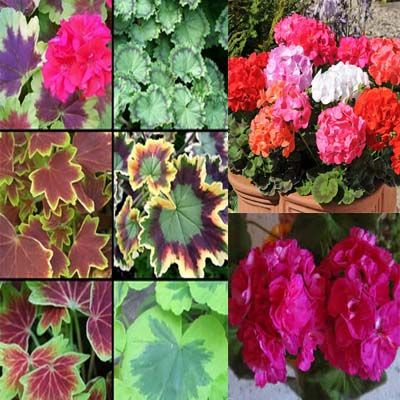

11. Pelargonium or cyclamen - capable of giving bright colors to any room.
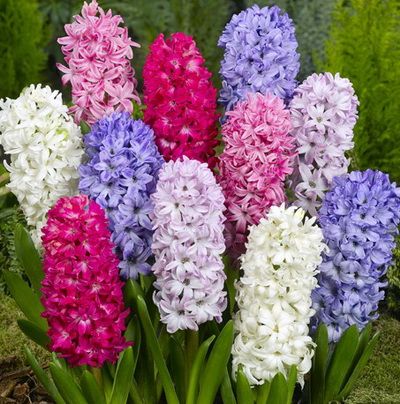

12. Hyacinth - able to fill with joyful energy, give the desire to move forward.
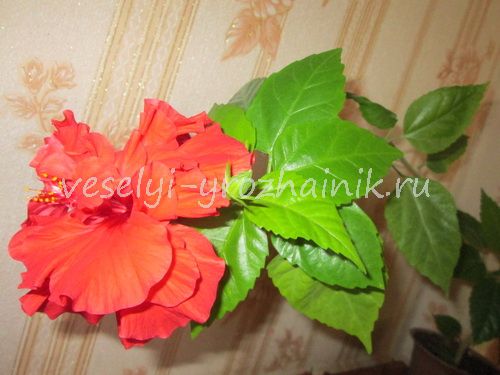

13. Hibiscus - will bring joy to your home, the desire to do new things. Helps people with heart disease.
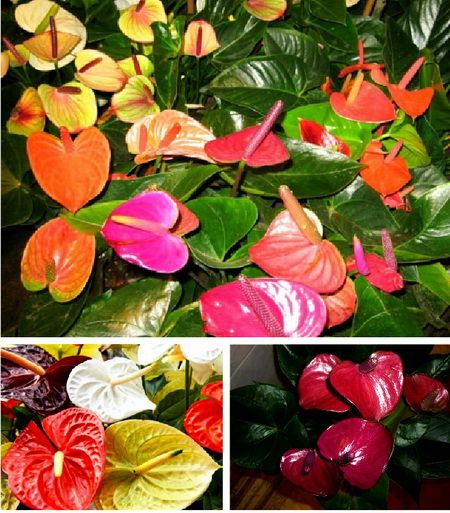

14. Anthurium - helps a timid owner to overcome stiffness, suitable for any living space.


15. Indoor spruce - araucaria is able to enhance creative activity.


16. Camellia red - recommended to grow in the bedroom. It is believed that a flower is able to inflate passion, add novelty of impressions and emotions to intimate relationships.
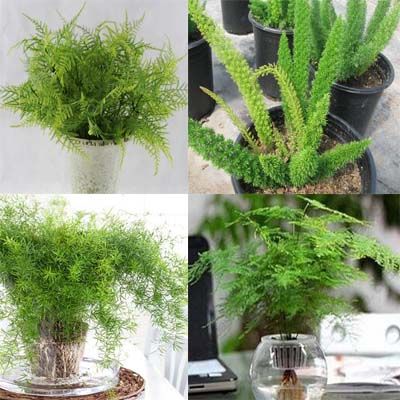

17. Abutilon - indoor maple, asparagus and tradescantia - are recommended for growing in children's rooms. Plants do not emit odors, do not interfere with the child's sleep and are not capable of causing allergies.


18. Chlorophytum - absorbs carbon dioxide, while releasing oxygen. Helps eliminate cigarette odor.
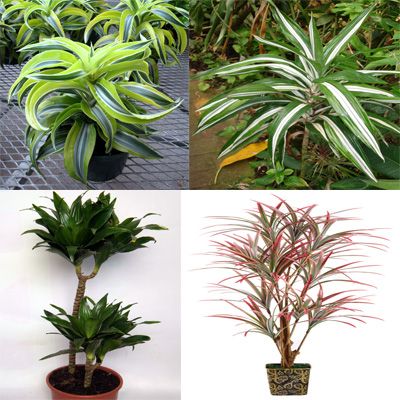

19. Dracaena - symbolizes success and luck.


20. Bamboo - promotes career growth, success in work, achievement of all goals. It is believed that all plants should be kept exclusively in those rooms to which they are more appropriate.
Probably, there is no such house in which at least one indoor flower did not adorn. People have long been convinced that living plants create home comfort and improve mood. But not every plant can be grown in your home. Let's talk about this.


Pelargonium
You rarely find complaints about pelargonium seeds. Everyone praises this plant for its unpretentiousness: like other geraniums, it is very tenacious, survives even if it is not watered for months, but it is better not to experiment this way. Pelargoniums are rich in colors, often decorating window sills, they give an elegant look to the window.


The most successful species for cultivation
It should be noted that not all flowers can be grown from seeds at home. So. For example, below is a list of which flowers are undesirable to grow from seeds due to the low percentage of germination and quickly losing their qualities:
- coffee;
- muraya;
- hippeastrum;
- adeniums;
- hibiscus.
You can try, but you will have to wait a long time for the result when planting kufei, cyclamen, brovallia.
Among indoor flowers, it is best to grow palms, succulents, and also some types of decorative flowering from seeds. The following flowers have proven their ability to germinate from seeds:
- salvia;
- dracaena;
- balsam;
- ficus;
- catharanthus;
- nightshade;
- washingtonia;
- date fruit;
- croton;
- orchid.
The optimal period for planting is the end of winter and the beginning of spring, although any other time is allowed in apartment conditions.
Ceramic or plastic
Supporters of clay pots emphasize the porosity of the material. This allows air to move freely, excess moisture evaporates, and harmful salts do not settle into the soil. These pots have a very impressive mass, which prevents them from accidentally falling from a draft or a naughty animal. Ceramic containers are extremely durable.
Plastic pots are much cheaper than ceramic ones. They are easy to wash and clean and are lightweight.A variety of colors of plastic products allows you to match them to any interior, create original color compositions.
When choosing a material, remember that the porous structure of clay pots cools the surface by evaporating moisture. Therefore, for heat-loving plants, such containers will need to be additionally insulated. The disadvantages of ceramic pots include the fact that ugly salt stains appear on the clay from hard water.
How to get rid of stains on ceramic surfaces:
- wipe the container with a potato peel, then rinse thoroughly, let it dry naturally;
- stir a little detergent in water, lower the pot in the solution for a quarter of an hour. Brush over the entire surface with a stiff brush. Dissolve 1 part bleach in 10 parts water, rinse the pot with it. Rinse thoroughly with water and dry.
Planters are also made from ceramics. This product serves only as a decoration, it is forbidden to plant plants in it. Since the completely glazed surface does not allow the plant to breathe. Also, there are no drainage holes in the planter.
Plastic pots:
- retain moisture for a long time - it is necessary to control the frequency of watering, correctly calculate the amount of fertilizer. In such products, suppuration of the root system may begin;
- plants in plastic containers should not be left under the bright rays of the sun - overheating of a green domestic pet is possible;
- Light plastic pots are preferable as they repel excess heat.
A place
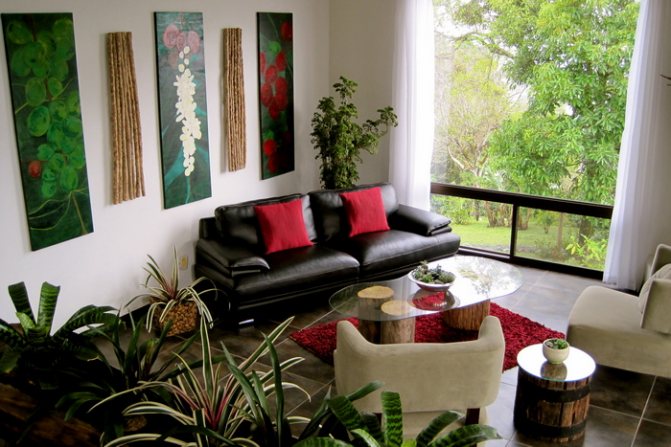

Choosing the right location is important. Flowers grow best on the north and northwest windowsill. The south window does not fit, due to the large amount of sun, which leads to dry air. The south window is more suitable for pelargoniums, on hot summer days for cacti and other succulents.
When buying flowers on a pot, information is provided on where it is best to put the pot.
Do not place flowers other than cacti in a sunny place on hot summer days, the sun can burn the leaves, weaken and deform the plant. Many flowers can die, such as African violets or orchids.
If the label attached to the flower has disappeared, you do not know where to put this flower, a little hint:
On the sunny place suitable: cacti and other succulents, bastards, geraniums.
Penumbra well tolerated: ficus, philodendron, amaryllis, croton, arrowroot, monstera and clivia.
IN shadows can grow: arrowroot, fittonia and azalea.
Cyclamen
Alpine violet, as this flower is also called, is not inferior in beauty to the desert rose, although it comes from the cool regions of Europe. Nowadays, collectors can get varieties with double flowers. Under the right conditions, cyclamen can bloom almost continuously.


Cyclamen.
For the first time, the plant obtained from the seed actively grows the underground part, and in the third year it forms flower stalks. Caring for it will not be difficult, it is only important to provide the cyclamen with a cool winter - this flower does not like heat and stuffiness.
Read more about growing cyclamen from seeds in the article Cyclamen - the flower of the sun.
Standard set of preparatory operations
Seed flowers
For cultivation to bear fruit, you need to thoroughly prepare. Seeds are very vulnerable to pests and unstable climatic factors, so any small detail can interfere with cultivation.
Preparation consists in:
- Selecting a dilution container. Clay or karmic pots work well here. Peat pots or compartments have also worked well.
- Priming. Seeds are capricious, so it is easier to buy ready-made soil options for seedlings in specialized stores. If this is not possible, you need to mix 3 equal parts of sand, peat and ordinary black soil.
It is important to prevent contamination of the planting material at the earliest stage. When using pots that have already been used before, they definitely need a bacterial treatment. In this case, it will be optimal to disinfect them with a soap and soda solution and dry them well in the sun.
Additional sources of income
Opening your own point of sale has many advantages, while growing flowers in a greenhouse as a business receives growing income and a number of competitive advantages.
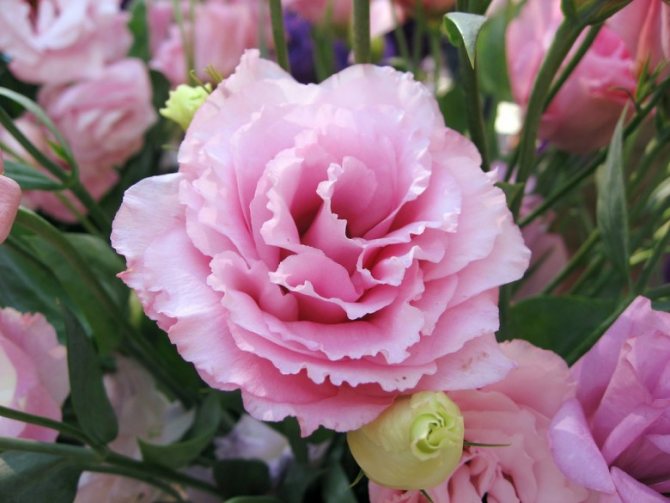

Among the possibilities:
- growing seedlings of indoor and garden plants with subsequent sale;
- sale of related materials and products related to crop production;
- services for the design of flower arrangements for sale and field work of a florist. Using your imagination, you can come up with other options for the development and expansion of your flower business.
Garnet
Of course, it will not be possible to grow a large and juicy pomegranate fruit in a greenhouse. But getting a spectacular plant and quite edible small pomegranates is quite possible. The decorative pomegranate is distinguished by its miniature size and lush flowering.
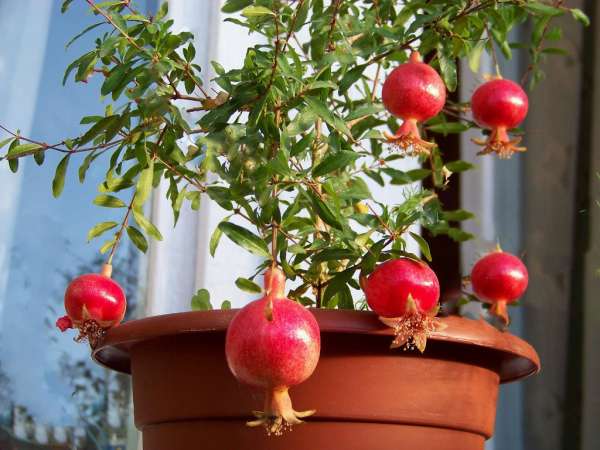

Pomegranate (Punica granatum). <2dacha
The seeds germinate after a couple of weeks, and the fruits appear already in adult specimens. It takes some skill to care for this exquisite tree. Regular watering, the presence of light even in winter, the coolness and humidity will fully pay off with the beauty of flowering and the fruits that this exotic will give you.
Read more about growing pomegranates in indoor conditions in the article Indoor pomegranate.
Profitability assessment
Knowing the area of the greenhouse and the expected number of flowers, as well as the purchase price or the retail price, you can calculate the profitability for 1-3-6-12 months. It should be borne in mind that any new business for the first 3 months is working in the red, this is normal, you should not be afraid of this.
But if, according to calculations, it turns out that in 6-12 months it is not possible to reach a decent percentage of profit, then it is necessary to revise the implementation schemes and optimize the growing process.
Well-organized processes, clear planning, enthusiasm and knowledge of the elementary laws of a market economy will allow you to run a flower business profitably, earning money on your favorite business.
Flowers for individual rooms
Connecting himself with nature, each person tries to supplement his home with a piece of it. Perennials have the ability to heal and everyone is familiar with this feature.
Scientists have brought the ability of indoor plants not only to decorate apartments, houses and offices, but also to improve the energy background, protect from radiation, filter the air, and have a beneficial effect on the nervous system. Each flower has its own specific feature, so knowing it, you can easily determine in which of the rooms the plant will live and benefit.



